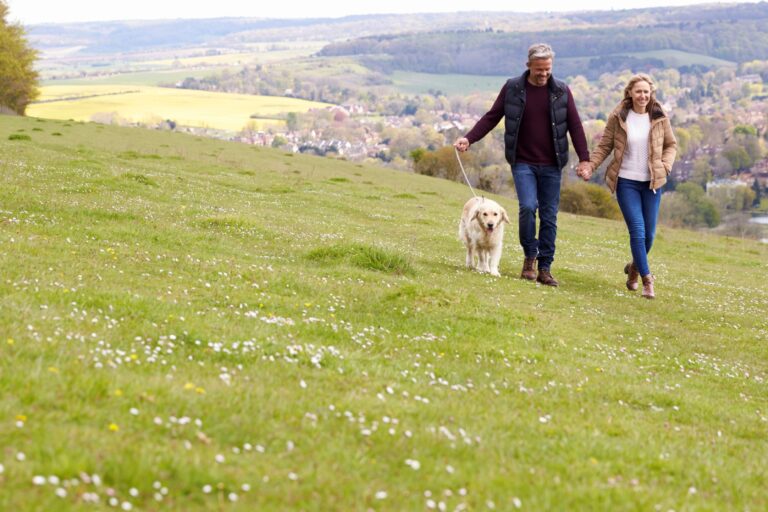Pain
Knee pain may be categorised as one or more of:-
generalised and constant sudden and sharp searing / burning localised to one specific point or area of the knee referred pain.
Generalised knee pain implies a generalised condition, such as osteoarthritis or an inflammatory arthritis (such as rheumatoid arthritis or gout). With osteoarthritis, knee pain is typically described as a nauseating constant dull ache, which is often worse towards the end of the day or after activities such as long walks.
Sudden sharp pains within the knee imply that there may be a mechanical problem within the knee, such as a torn cartilage (meniscal tear).
Searing or burning pains may be due to inflammation in a tendon, eg patellar tendonitis. Tendonitis pain often comes on specifically after exercise. Burning pain around the outer (lateral) side of the knee after running long distances may be due to iliotibial band friction syndrome.
When pain is localised to one specific point or area, this normally implies damage or inflammation at that site. The area involved gives an indication of the possible underlying problem:-
pain at the front of the knee (anterior knee pain):-
patellofemoral arthritis patellar maltracking / instability patellar tendonitis Osgood Schlatter’s disease
pain around the inner (medial) side of the knee:-
medial meniscal cartilage tear medial plica syndrome medial collateral ligament strain articular cartilage damage on medial femoral condyle osteoarthritis affecting the medial side of the knee
pain around the outer (lateral) side of the knee:-
lateral meniscal cartilage tear lateral collateral ligament strain posterolateral corner injury / tendonitis articular cartilage damage on the lateral femoral condyle osteoarthritis affecting the lateral side of the knee
pain at the back of the knee:-
meniscal cartilage tear (affecting the posterior horns) popliteal cyst (Baker’s cyst) hamstring tendonitis osteoarthritis
Swelling
There are three main types of knee swelling:-
rapid swelling immediately after an injury swelling hours after an injury spontaneous swelling
If a knee swells up directly after an accident / injury then this implies that there has either been bleeding into the knee (a haemarthrosis) or an excessive build-up of joint fluid (synovial fluid), which is known as an effusion.
If the knee swells up very rapidly after an injury (within a few minutes) then this is usually due to a haemarthrosis. There are only 3 common causes for this occurring:-
an anterior cruciate ligament (ACL) tear (this is the most common)
a meniscal cartilage tear (involving the peripheral rim, where there is a good blood supply), or
a fracture or osteochondral injury
If swelling develops a number of hours or the following day after a knee injury, then this is normally from an effusion, and the most common cause of this is a meniscal cartilage tear.
If a knee swells up spontaneously, without any history of trauma, then this may be due to a number of conditions, including:-
rheumatoid arthritis reactive synovitis gout septic arthritis (infection) spontaneous haemarthrosis (in someone with a clotting disorder or who is taking Warfarin)
Giving Way
Giving way is where the knee suddenly ‘gives out’, causing you to stumble or fall. There are two main types of giving way of the knee:-
intermittent giving way associated with sudden sharp pains in the knee
a feeling of wobbliness in the knee with regular giving way
Intermittent painful giving way, especially if associated with painful clicking, is often due to a meniscal cartilage tear, where torn flaps of cartilage get caught between the knee bones.
A knee that feels generally wobbly and ‘unsafe’ may have ligamentous instability, due to a torn ligament such as the ACL.
Other potential causes of giving way are unstable flaps of articular cartilage or loose bodies (loose pieces of cartilage and/or bone floating around within the knee).
Locking
‘Locking’ is where a knee gets stuck in one position. The most classic type of locking is where one develops a sudden inability to fully straighten the knee, with a feeling that there is something inside the knee blocking it. The locking may be painful. The knee may stay locked, or the locking may resolve – sometimes by wiggling the knee, and sometimes with a clunk inside the knee.
Locking of a knee strongly implies that there is a mechanical block in the knee, which is commonly due to either a meniscal cartilage tear or a loose body (a loose piece of cartilage or bone) getting trapped between the bones of the knee (the femur and the tibia).
If a knee remains locked then it is advisable to see an Orthopaedic Surgeon at the earliest possible opportunity, as it is likely that a knee arthroscopy (keyhole surgery of the knee) will be necessary, to sort out the problem.
Sometimes a knee may seem locked simply because the joint is too painful to move. This may be due to a number of conditions that cause knee pain, such an inflammatory arthritis, gout or infection (septic arthritis). In these cases, the knee is often too painful to move in either direction, rather than there feeling like a mechanical block just against straightening. This is called ‘pseudolocking’.
Stiffness
Generalised aching and stiffness of a joint is a classic feature of arthritis. Early morning stiffness that improves as the day goes on may be a sign of an inflammatory arthritis, such as rheumatoid arthritis. With osteoarthritis, however, the stiffness (as well as other symptoms such as pain) tends to get worse as the day goes on, and in particular be worse after exercise (such as long walks).
A suddenly severely restricted range of motion in a joint suggests that there may either be a mechanical problem (such as a torn cartilage) or alternatively movement may be restricted secondary to pain that may be due to inflammation or infection.





